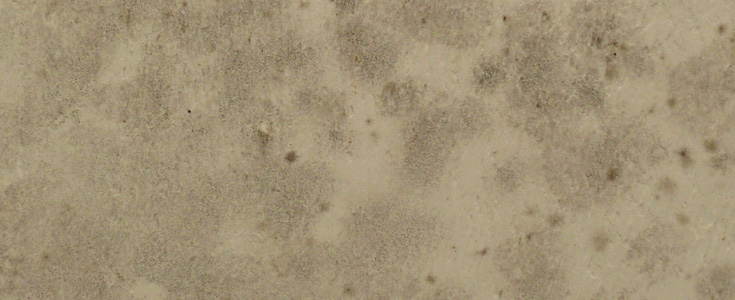A common complaint among both homeowners and tenants alike is the unsightly (and potentially dangerous) growth of mould. Common no matter the season, it’s to be expected in a country with as much annual rainfall as Britain, but armed with a little knowledge and a few simple techniques you can ensure your property or rental property is mould-free.
Mould: How it occurs
Mould spores are released as a result of mould growth and, though invisible, they are always in the air, acting at best as an annoying allergen, at worst as a potentially large mould growth problem in your home. The mould spores require a moist, warm environment in which to grow and thrive, so it’s no surprise the most common place you find mould is in the bathroom. The steam from a hot shower, the arrant puddles of water left on the floor, are all conducive to mould growth.
Unfortunately, mould can also be a sign of an issue bigger than simple condensation, such as a leaking or burst pipe, rain water seeping in from the roof, rising damp caused by ineffective damp-course, etc. If you suspect one of these issues to be the culprit, it may be best to call in a plumber to make sure the matter is resolved at the source.
How to Prevent Mould Growth
Moisture is simply an unavoidable by-product of living: steam from the shower, heat from cooking, washing clothes, and even just simply breathing all generate condensation which, in turn, can be conducive to mould growth. The key to minimising the effects of condensation lies in properly ventilating your home. Extractor fans in the bathroom and kitchen can often go a long way towards removing excess moisture from the air, as can opening a window after a bath or shower to allow the room to ventilate properly. Though it can seem like an undesirable option, especially in the winter months, leaving a window open for just a little while in order to stabilise the fluctuation from cold to hot can do wonders for preventing the further spread of mould.
How to Treat Existing Mould
Mould is fairly easy to treat with any bleach-based or fungicidal product. For the bathroom tiles, walls, and sealant around the tub and sink, bleach is a good option for getting rid of the growth. There are also many fungicidal products on the market which are completely safe to use providing the manufacturer’s instructions are followed, and these can be used to wipe down walls or shampoo carpets. Distilled Vinegar and Baking Soda are both good alternatives if you are not keen on chemical based cleaners. Vinegar is a mild acid which can kill a high percentage of mould species and Baking Soda is a mild abrasive which can kill mould spores and absorb moisture to help keep mould away.
Lettings and Mould
Mould is no easy problem for either tenants or landlords in the Seaford lettings market and often has more to do with how property is lived in rather than the property itself. Both parties can take cautionary steps to prevent mould growth from becoming a problem, such as the installation of extractor fans by the landlord, and steps to ensure reduced condensation on the part of the tenant. Its recommended to keep an open, positive dialogue between tenant and landlord, and working together to tackle the issue from both sides, rather than pointing fingers.


7 Comments
How does mould occur?
Molds are found everywhere inside and outside, and can grow on almost any substance when moisture is present. Molds reproduce by spores, which can be carried by air currents. When these spores land on a moist surface that is suitable for life, they begin to grow. Mold is normally found indoors at levels that do not affect most healthy individuals.
What are moulds?
Mold seeks MOISTURE, WARMTH, and FOOD, and
all three conditions are necessary for it to grow. Mold is most likely to
find a place to grow in a bathroom, basement or kitchen, but it can grow in
other rooms if conditions are favorable. The climate where you live and the
living habits in your household can affect the ability of mold to grow.
How can we prevent mould growth?
You can prevent mould growth by cleaning any existing mold and eliminate excessive moisture.
How do we treat existing mould?